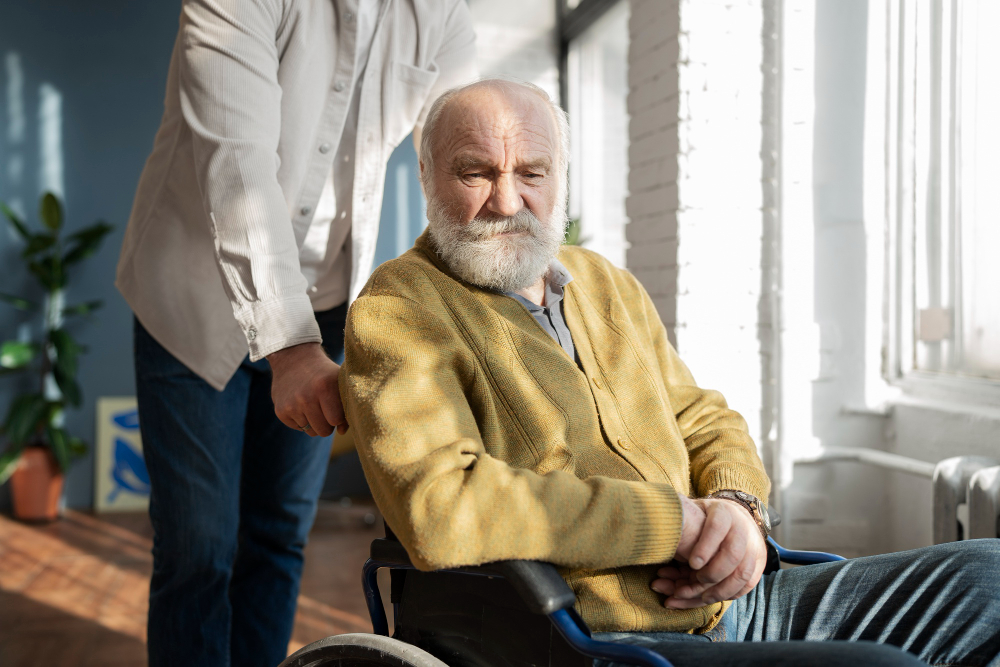Understanding Stroke: What Is It?
A stroke is a medical emergency. It happens when blood flow to part of the brain stops. Without blood, brain cells start to die within minutes. Because of this, quick action is very important. Strokes can cause lasting brain damage, disability, or even death. According to the CDC, stroke is a leading cause of death and disability worldwide.
What Happens in the Brain During a Stroke?
During a stroke, the brain does not get enough oxygen and nutrients. As a result, brain cells begin to die. There are two main types of stroke:
In both cases, parts of the brain cannot work as they should. Therefore, the body may lose certain functions, like speech or movement.
Common Symptoms and Warning Signs of Stroke
Recognizing stroke symptoms early can save lives. If you notice any of these signs, act fast:
Remember the word FAST to spot stroke signs:
Main Causes and Risk Factors
Several things can raise your risk of stroke. Some you can control, while others you cannot. However, knowing your risks can help you take action.
Because some risk factors can be changed, prevention is possible for many people.
Diagnosis and Immediate Actions
If you think someone is having a stroke, call emergency services right away. Quick treatment can save lives and reduce long-term damage. Doctors use tests like brain scans (CT or MRI) to find out what type of stroke is happening. Early treatment may include medicine to break up clots or stop bleeding. Therefore, do not wait if you see warning signs.
Stroke Prevention Tips: How to Prevent a Stroke
Good news—many strokes can be prevented. Here are some stroke prevention tips you can follow:
In addition, regular check-ups can help spot problems early. Your doctor may suggest more steps based on your personal risk.
When to Seek Medical Help
If you or someone else shows stroke symptoms, seek help immediately. Even if symptoms go away, you should still see a doctor. Early treatment can make a big difference. Never ignore warning signs, as every minute counts during a stroke.
Summary
“In summary, a stroke is a serious health condition that occurs when blood flow to the brain is blocked or a blood vessel bursts. Recognizing the symptoms and acting quickly can save lives. By making healthier lifestyle choices, you can reduce your risk. For personalized stroke prevention advice, consult Dr. Pravallika Dutta, a neurology specialist, today.”

